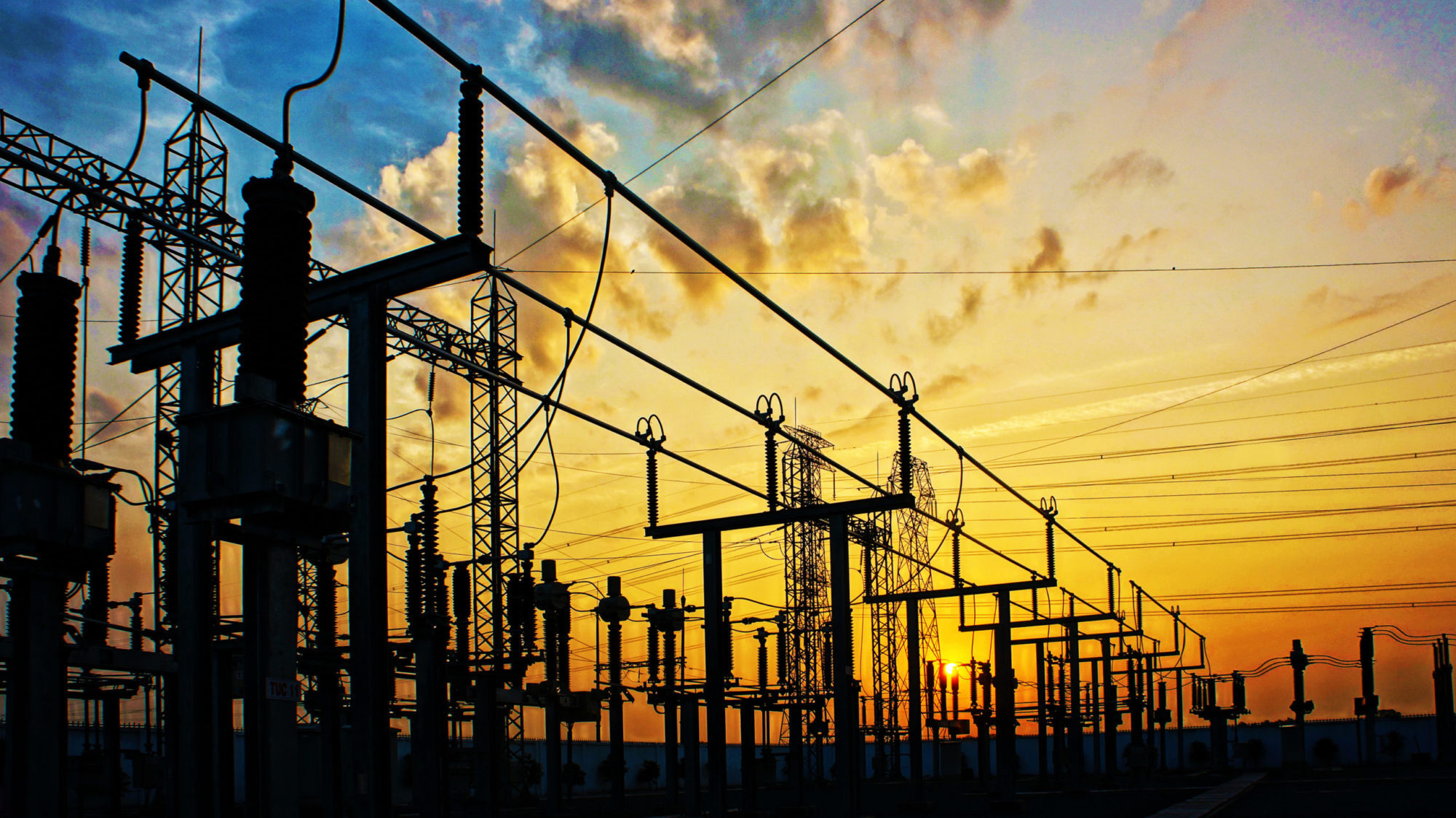
Climate Tech, Clean Tech, Envirotech & Green Tech: What’s the Difference?
Blog
Do you know your climate tech from cleantech, or envirotech from green tech? What’s the difference and why is it…
Client
Driving innovation in energy transition through advanced digital technologies.

Energy system transformation is a key part of the UK’s national response to the climate emergency. The UK Government has committed to decarbonising the power system by 2035 as a significant contribution to achieving the national net zero target by 2050 (2045 in Scotland).
The energy sector generates 20% of the UK’s Greenhouse Gas (GHG) emissions. A fundamental requirement for a net zero power system, and to achieve the targets committed by the government, is to embrace innovation and advanced digital technologies in the search for new solutions.
To achieve these net zero targets, the energy sector is undergoing unparalleled change shifting from fossil fuels to renewable generation. The UK is already a world-leader in renewable energy, particularly offshore wind, but wholesale change of the UK’s entire energy network will involve a fundamental shift in the way that energy is generated, transmitted, and distributed. Digitalisation is key to enabling this transition
The Energy Transition presents a number of opportunities for innovation and digital technologies. These include:
Digital & data Transformation continues to underpin the success of the energy transition and is one of the sector’s top innovation focuses.
Key challenges include:
The UK, like many other countries, already has a significant share of renewable energy generation from sources like wind and solar. However, transitioning towards a low carbon system where the majority of generation sources are cleaner and more sustainable presents some key challenges:
A digital twin, a digital representation of a real-world entity or system, will become a vital digital tool for enabling the energy transition. The challenges of adopting these virtual environments include:
Digital Catapult’s experts and technologists support energy and utilities providers with the following capabilities:
Fill the form now to discuss how we can work together to solve the biggest challenges the energy industries is currently facing
We asked Digital Catapult to join our SIF project at the Alpha stage to unlock the digital opportunities of the new robotic technologies that our innovation partner Synovate has developed for the gas industry. Digital Catapult used their Data and IoT experts to carry out a full review of the data architectures and propose a new approach that would enable the rapid sharing and analysis of data between the gas industry and Synovate. Digital Catapult also utilised their AI technologists to identify eight use cases for the introduction of AI into the detection of leaks using the thermal imagery sensor mounted to the robot. Keith Owen
Head of Innovation, Northern Gas Networks

Do you know your climate tech from cleantech, or envirotech from green tech? What’s the difference and why is it…
London Tech Week 2024 kicked off with an insightful event, ‘Deep Tech: Powering UK Growth,’ hosted at Digital Catapult London…
With London Tech Week returning in June 2024 to celebrate everything and everyone in UK tech, Digital Catapult in partnership…
Hydrogen technology refers to the ways of producing, distributing, and consuming hydrogen as a source of renewable energy. It could…